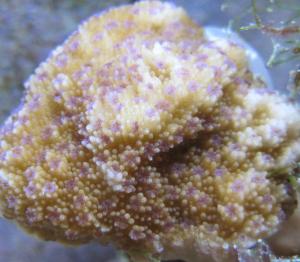HIMB Scientists Develop Website to Aid with Climate Change Research
A team of researchers from UH Mānoa’s Hawai‘i Institute of Marine Biology (HIMB) has developed an interactive global map of corals and zooxanthellae, commonly known as flagellate protozoa, as part of a hybrid web application titled GeoSymbio. This application provides global-scale biological and ecosystem information on symbiotic zooxanthellae called Symbiodinium, which are uni-cellular, photosynthetic dinoflagellates that live inside the cells of other marine organisms like anemones, jellyfish and corals.
The GeoSymbio application provides the genetic identification and taxonomic description of over 400 distinct Symbiodinium subclades or genetic lineages in invertebrate hosts that have been sampled from a variety of marine habitats, thereby providing a wealth of information for symbiosis researchers in a single online location. By utilizing Google Apps, the team was able to develop this web-based tool to discover, explore, visualize and share data in a rapid, cost-effective and engaging manner. (more…)

